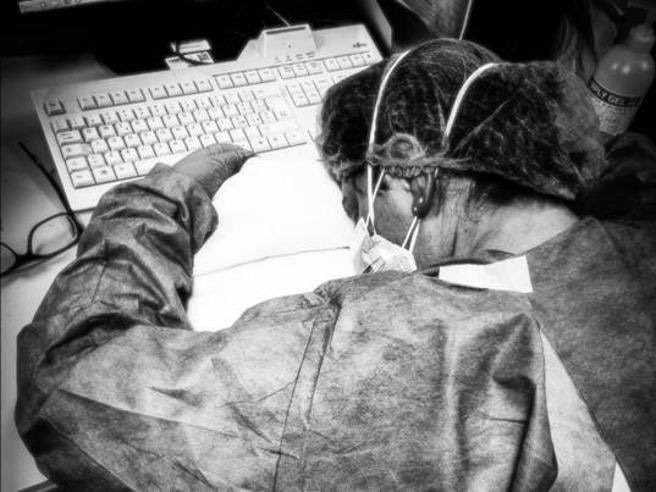
Introduction:
Teleradiology is spearheading a revolution in radiology services in Algeria, transforming the way diagnostic imaging is conducted. This article explores the resurgence of radiology through teleradiology, shedding light on its impact on diagnostic capabilities, patient access, and healthcare in the country.
The Healthcare Landscape in Algeria:
- Geographic Challenges: Algeria’s expansive territory presents geographical challenges, especially in delivering healthcare services to remote and underserved regions. Specialized medical services may be concentrated in urban centers, leaving rural areas underserved.
- Radiologist Shortages: Algeria, like many countries, faces a shortage of radiologists. The limited number of radiologists can lead to delayed interpretation of medical images, affecting patient care, particularly in emergencies.
- Healthcare Inequalities: Disparities in healthcare access exist between urban and rural areas in Algeria. Access to advanced healthcare services is often skewed towards urban centers, creating inequalities in patient care.
Teleradiology’s Resurgence in Algeria:
- Remote Image Interpretation: Teleradiology allows for the remote interpretation of medical images by radiologists, regardless of their physical location. This ensures swift image interpretation, reducing diagnostic delays and improving patient outcomes.
- Access to Specialized Expertise: Algerian healthcare facilities can now tap into a network of experienced radiologists, gaining access to specialized expertise and precise diagnoses. This elevates the quality of patient care, particularly for complex medical cases.
- Timely Diagnoses: Teleradiology plays a pivotal role in minimizing diagnostic delays, which is crucial for trauma cases and emergency care. Rapid access to radiological expertise can be life-saving and significantly impacts treatment decisions.
- Healthcare Equity: By extending access to radiology services, teleradiology bridges the healthcare gap between urban and rural areas in Algeria, ensuring that patients across the country have equal access to top-tier diagnostic expertise.
Challenges and Considerations:
- Infrastructure Development: Continuous improvements in telecommunications and internet infrastructure are essential to guarantee the seamless transmission of medical images, especially to remote regions.
- Regulatory Framework: The establishment of a comprehensive regulatory framework is vital to safeguard patient data, maintain quality standards, and ensure adherence to international healthcare practices.
- Training and Education: Ongoing training and education for healthcare professionals are critical to ensuring the effective utilization of teleradiology technology while upholding patient data privacy and security.
- Financial Sustainability: Identifying sustainable funding models is imperative to ensure the long-term viability of teleradiology services, particularly in resource-constrained environments.
Conclusion:
The rise of teleradiology in Algeria is breathing new life into the field of radiology, effectively addressing the challenges posed by geographic barriers, radiologist shortages, and healthcare inequalities. As Algeria continues to enhance its healthcare infrastructure, regulatory framework, training programs, and financial sustainability models, it is moving closer to a future where healthcare disparities are minimized, and quality healthcare is accessible to all. Teleradiology’s resurgence is revolutionizing the radiological landscape in Algeria, painting a bright future for healthcare innovation in the country and inspiring healthcare advancements on a global scale.
Service Areas:- Bangladesh – Dhaka: Chittagong (Chattogram): Khulna: Rajshahi: Barisal: Sylhet: Rangpur: Comilla: Narayanganj: Jessore: Dinajpur: Mymensingh: Cox’s Bazar: Bogra: Nawabganj (Chapai Nawabganj).
